Sand Scenes: California's Shifting Dunes

Pelicans

Pelicans, both the endangered California Brown (Pelecanus occidentalis), and the protected American White (Pelecanus erythrorhynchos), are found within the dune ecosystem. Here a group of white pelicans preen in one of the many estuaries found within the sand dunes. Over 1,200 plant and animal species are found in this most amazing coastal ecosystem.
Conserving the Dunes

Only 10 percent of the original California sand dunes remain and the conservation effort for the Guadalupe-Nipomo Dune Complex is led by the Dune Center in Guadalupe, Calif. Founded in 1999, the Dune Center is a non-profit 501(c) organization. It was first conceived by a group of concerned citizens and the 1989 Nature Conservancy's efforts to help preserve and restore the Guadalupe Beach and Oso Flaco Lake Natural Areas. [Stunning Sands Gallery: A Rainbow of Beaches]
Dune Center
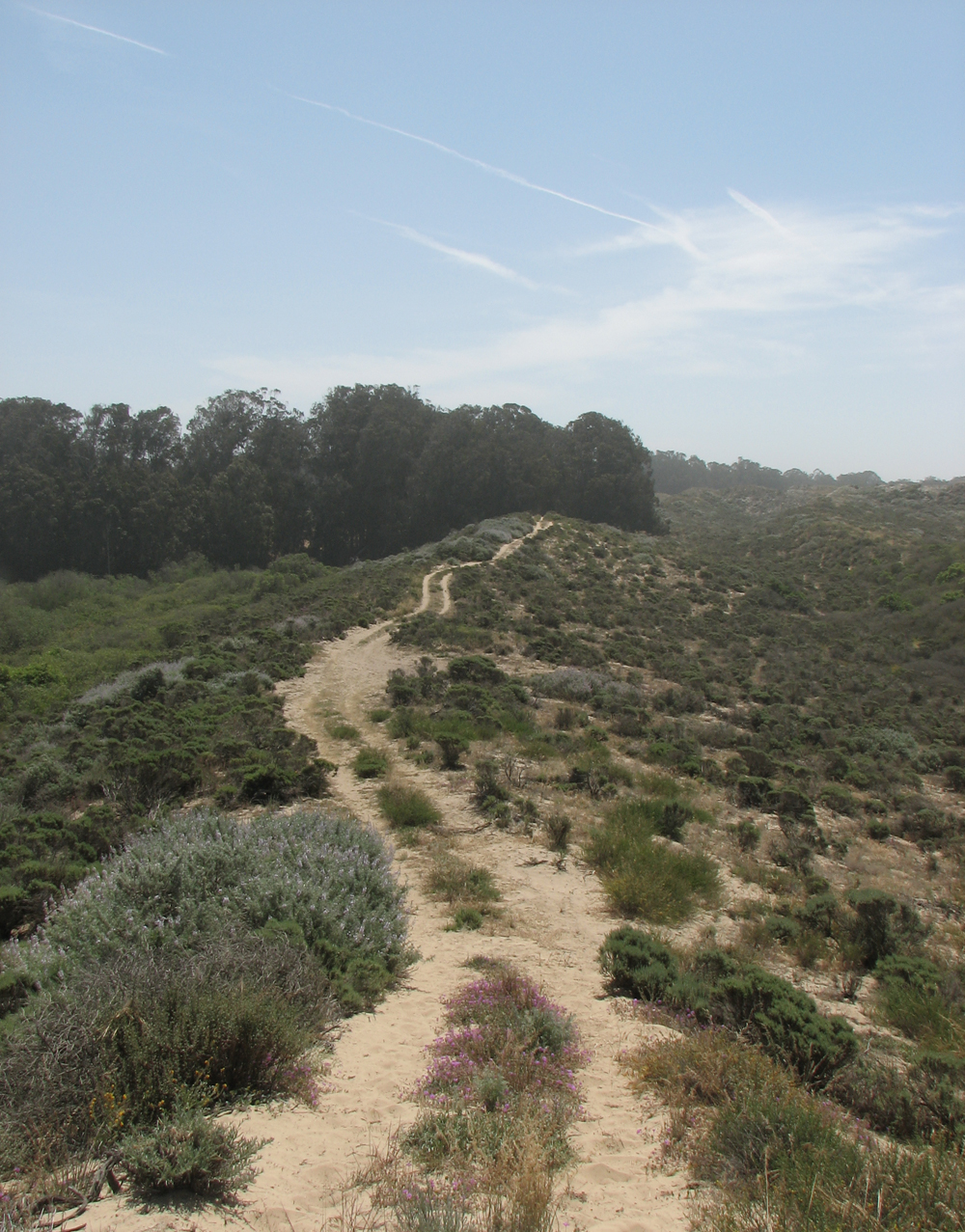
The Dune Center promotes the conservation and restoration of the Guadalupe-Nipomo Dunes ecosystem through education, research and the support of cooperative stewardship. More information about the Dune Center and its work can be found at this website: http://www.dunescenter.org/index.htm
Oso Flaco Lake

Oso Flaco Lake Natural Area State Park is one of the most scenic natural areas found along the coast of California. The freshwater lake is found among the dunes and was named in 1769 when Spanish conquistadors led by Gaspar de Portola passed through the area and here killed a bear along the lakeside. "Oso flaco" translates to "skinny bear." A 2-mile-long (3.2 km) trail, much of which is over well-maintained bridges, passes over both the unique sand dunes and the beautiful Oso Flaco Lake.
Mussel Rock Dune
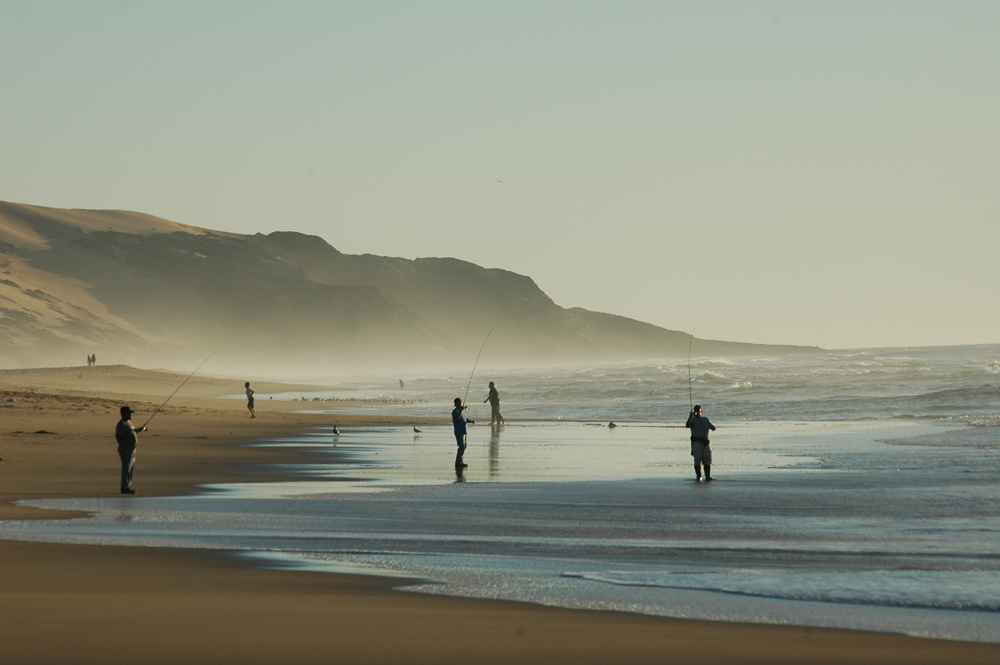
Access to the seashore is open by way of a series of marked trails through the preserve. Here a group of shore fishermen try their hands at catching dinner as the 500-foot-tall (150 m) Mussel Rock Dune rises in the background. Mussel Rock Dune is the highest sand dune along the entire coastline of the western United States.
Hidden Hollywood

Hollywood discovered the Guadalupe-Nipomo Dunes in 1923 when legendary producer Cecil B. DeMille filmed his epic silent movie, "The Ten Commandments," out upon the dunes. When production was complete, DeMille had the entire movie set that reproduced a city of ancient Egypt dismantled and buried in the dunes to prevent future use. Now, some 80 years later, the shifting sands are bringing some of that historic set back to the surface. More information on DeMille's Lost City can be found here: http://www.lostcitydemille.com/index.html
Invasive Plant Removal
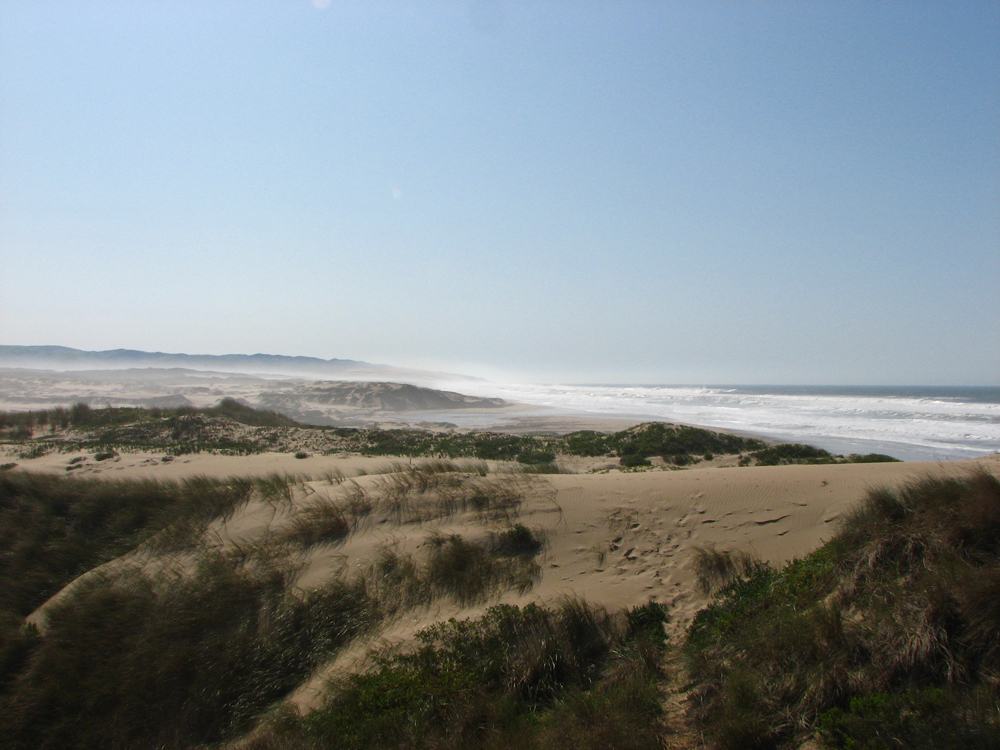
The cooperative efforts between the many agencies and individuals to preserve and protect the Guadalupe-Nipomo Dunes Complex are constant and ongoing. Great efforts are now underway to remove invasive plant species that threaten the future of this ancient and fragile habitat.
Get the world’s most fascinating discoveries delivered straight to your inbox.
Ancient Dune-building
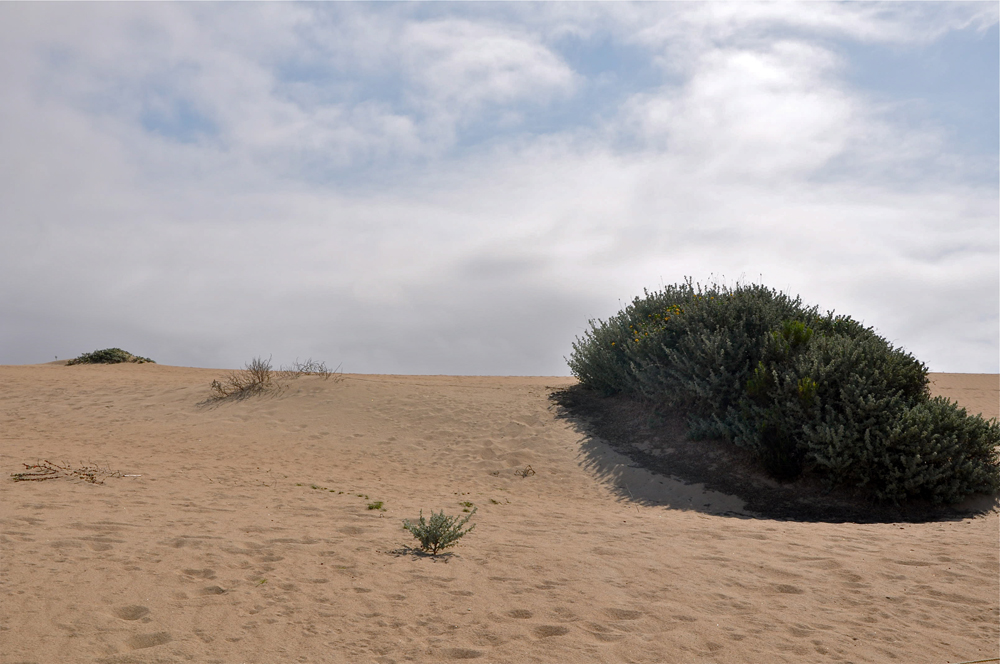
The dune-building processes in central California began over 18,000 years ago at the end of the last glacial period. The oldest dunes found in the Guadalupe-Nipomo Dune Complex are found east of the current preserve atop the Nipomo and Orcutt Mesas. These dunes are now totally covered with vegetation and stabilized. Younger Pleistocene Epoch dunes are found between these mesas and the seashore. But even today the dune building process continues as fine grains of sand are deposited by the wind into bowl-shaped and parabolic mounds, just as it has been done for thousands of years.
Dune's Future
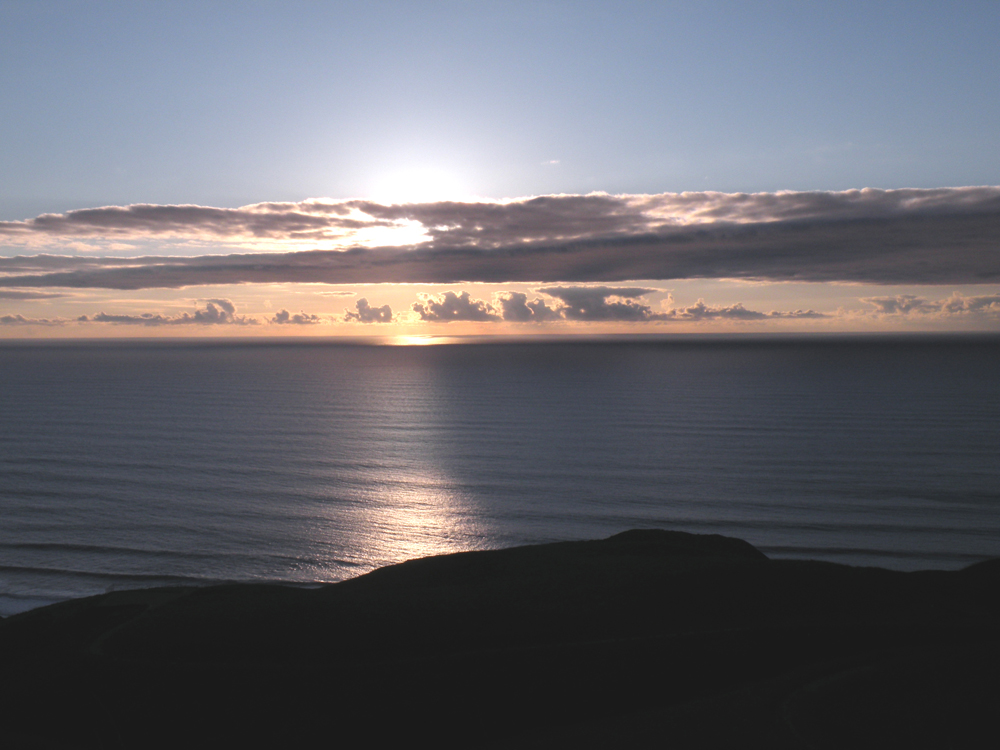
And as the sun sets into the Pacific Ocean ending another day over the Guadalupe-Nipomo Dune Complex, the future of the dune ecosystem once again looks bright for future generations to come, to see, to learn and to enjoy; this time because of the concern, the work and the intervention of modern man. [Related: Sights and Sounds: Cali's Gurgling Mud Volcanoes]


